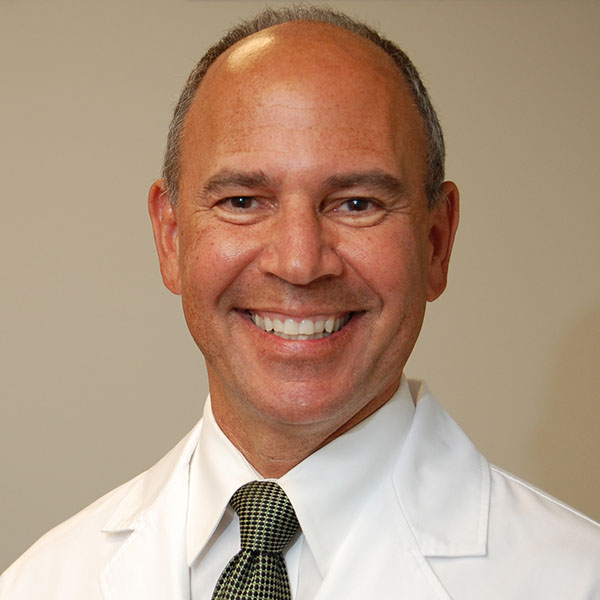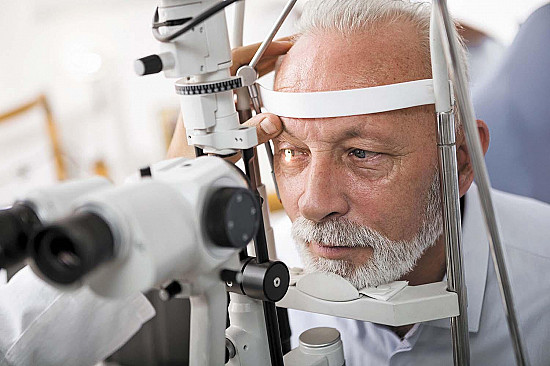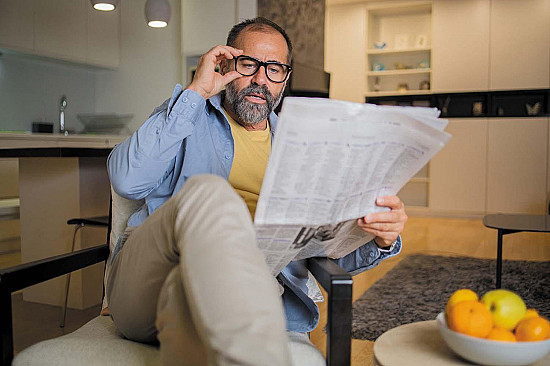Snellen test for visual acuity
- Reviewed by Howard E. LeWine, MD, Chief Medical Editor, Harvard Health Publishing; Editorial Advisory Board Member, Harvard Health Publishing
What is the test?
A Snellen test uses a chart with different sizes of letters or forms to evaluate your visual acuity — that is, the sharpness of your vision. The test shows how accurately you can see from a distance.
How do I prepare for the test?
No preparation is necessary.
What happens when the test is performed?
You stand or sit at a specific distance from the eye chart. Usually you are told to cover one eye with a cardboard piece or with your hand while you read letters with the other eye and say them out loud for the doctor.
In an eye clinic, you may have a more sophisticated version of this test in which you look at the chart through different strengths of lenses (a little bit like looking through a telescope) so that your doctor can find the proper strength of glasses or contact lenses for you. Sometimes the Snellen chart you see in an eye clinic is actually a reflection on a mirror from a projector in the back of the room. This enables eye doctors to use a variety of charts without you having to move from your chair. The test takes only a few minutes.
What risks are there from the test?
There are no risks.
Must I do anything special after the test is over?
No.
How long is it before the result of the test is known?
You can find out immediately whether your vision is normal (20/20) or whether you have a vision problem. Glasses do not correct every vision problem, but an eye doctor can tell you if they will help.
About the Reviewer

Howard E. LeWine, MD, Chief Medical Editor, Harvard Health Publishing; Editorial Advisory Board Member, Harvard Health Publishing
Disclaimer:
As a service to our readers, Harvard Health Publishing provides access to our library of archived content. Please note the date of last review or update on all articles.
No content on this site, regardless of date, should ever be used as a substitute for direct medical advice from your doctor or other qualified clinician.















